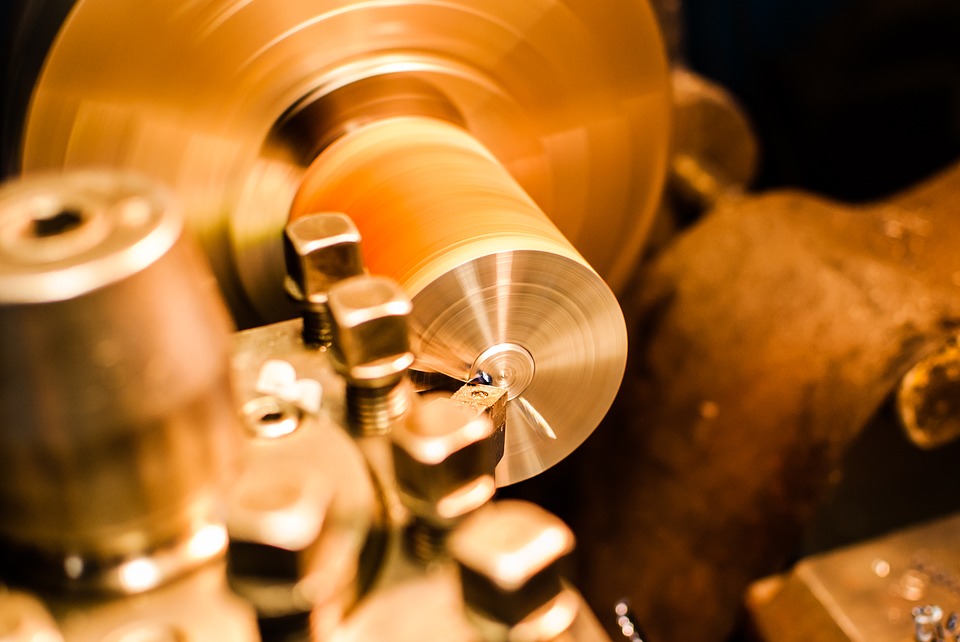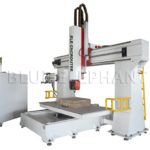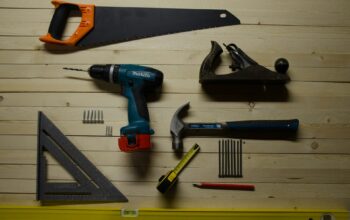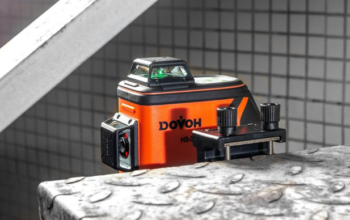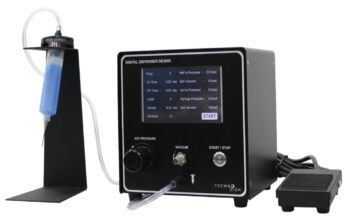When it comes to parts manufacturing, quality machining work makes all the difference. This is especially true when you need customized parts for a specific operational function. While there are many systems and processes you can use to manufacture parts, you can significantly improve your products with a 5 axis CNC.
Here is a closer look at how this process works, and why it should be your preferred machining method for your next project.
What is 5 Axis CNC?
To understand 5 axis CNC, it helps to first understand CNC. CNC, or computer numerical control, is a type of machining that uses high-speed precision cutting tools to remove materials to create a smaller part. Effective CNC machining relies on gathering data, pretesting, and running kinetics testing and other simulations in CAD software to verify the processes. Computer programming ensures that resulting parts are manufactured quickly and effectively, without collisions or other problems.
5 axis CNC describes equipment that goes beyond the primary linear axes (commonly referred to as X, Y, and Z). This process adds two rotational axes (A and B). The rotational and linear axes are manipulated simultaneously, which allows for more complex surface work. This allows the machining tools to create parts with more complex geometric patterns, while also working in tighter tolerances.
Benefits of 5 Axis CNC
5 axis CNC requires minimal setup, while still allowing for more complex design work. Unlike a 3 axis machine, you don’t need to manually rotate the equipment to create complex shapes. The machine’s ability to integrate rotational axes during the design process means you only need to get everything set up once to achieve all desired arcs and angles in the design.
This single setup approach also improves the rotational accuracy of the work, ensuring that proper alignment is maintained throughout manufacturing. Because a 5 axis CNC uses shorter cutting tools, they are less vulnerable to vibrations. Even when operating at high speeds, this ensures a higher-quality surface finish without the need for making a series of smaller cuts. This reduces cycle times, allowing materials to be removed faster for a quicker turnaround and lower completion costs.
Parting Thoughts
While some applications are better served by 3 axis CNC, there is no denying that 5 axis machining can have a significant impact for a wide range of projects. With quality information and equipment, manufacturers can use this innovative process to deliver better results than ever before.
Related Posts

